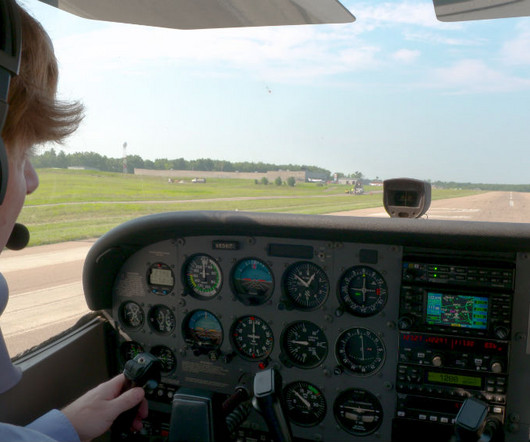Aviation Winds Types Explained: A Pilot’s In-Depth Guide
Air
MAY 21, 2025
Crosswind: The Sideways Challenge A crosswind blows across your intended flight path , being most critical during the takeoff and landing phases. Pilots must use specific techniques, applying rudder and aileron inputs, to maintain directional control and keep the aircraft aligned. – A negative value indicates tailwind.










Let's personalize your content